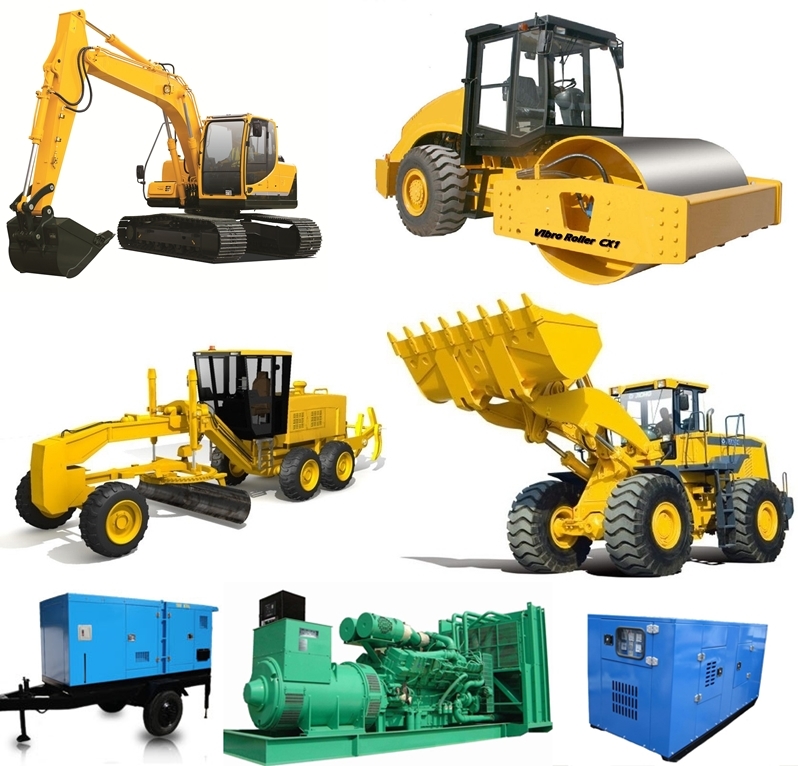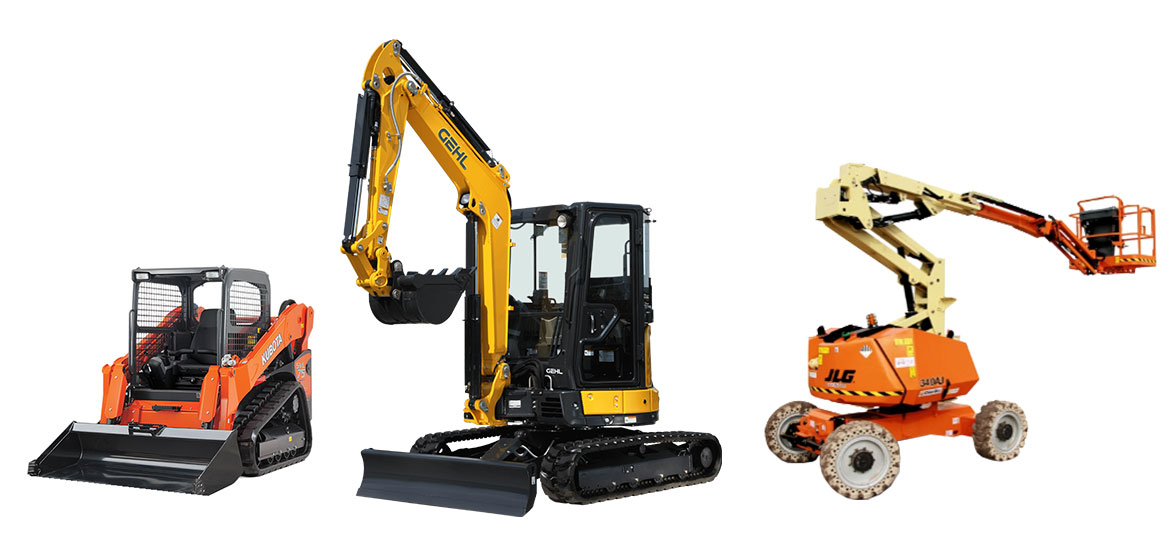Scissor Lift Rental: Safe and Reliable Lifting Solutions
Scissor Lift Rental: Safe and Reliable Lifting Solutions
Blog Article
Maximize Your Budget Plan by Comprehending the Expenses Connected With Building And Construction Tools Rentals
Recognizing the complete extent of costs linked with construction equipment services is crucial for optimizing your budget. What techniques can be utilized to successfully take care of these expenses and guarantee a much more efficient rental experience?
Summary of Rental Prices
When taking into consideration building devices rentals, understanding the associated prices is critical for efficient budgeting and task preparation. Rental prices can differ significantly based on numerous aspects, consisting of equipment kind, duration of rental, and location. The first rental cost commonly mirrors the tools's market need and its associated functional capacities, affecting the total expenditure.
Along with the base rental rate, secondary expenses might develop, such as transport costs, fuel additional charges, and maintenance costs. It is vital to make up these extra costs to properly assess the overall expense of renting equipment. Additionally, the rental duration can impact prices; longer services may get approved for discounted rates, while temporary rentals could incur higher day-to-day charges.

Failure of Rental Rates
An extensive understanding of rental prices is essential for service providers and project managers intending to enhance their budget plans. Rental rates for construction equipment usually consist of several elements, including base prices, time-based charges, and usage charges.
Base rates are the core costs related to the rental of the tools, commonly identified by the kind and dimension of the equipment. These prices can vary significantly, affected by variables such as devices need, schedule, and local market trends. Time-based costs, which might be daily, weekly, or monthly, serve to suit different project timelines and rental periods.
Furthermore, rental rates might consist of use costs, which are relevant when tools is utilized beyond a specified threshold, making certain that the rental business can make up deterioration. Seasonal need changes can also influence rental prices, with peak construction seasons commonly regulating greater costs.
Furthermore, understanding the rental company's policies pertaining to maintenance and insurance can offer further insight into the general price framework. By assessing these elements, service providers can make informed choices, making sure the selection of rental devices lines up with both project requirements and spending plan constraints.
Extra Fees to Consider
Understanding the complexities of added charges is crucial for contractors to handle their overall leasing costs efficiently. Beyond the basic rental rates, various supplementary fees can substantially influence the complete crawler excavator for sale expense of devices rental. These fees commonly consist of delivery and pickup fees, which can differ based on distance and logistics involved in about his carrying the equipment to and from the work website.
Furthermore, some rental business might impose gas additional charges if the devices is returned with much less gas than when rented out. It is likewise vital to be mindful of possible cleansing charges, especially for specific equipment that requires thorough upkeep after usage.

Thoroughly assessing the rental arrangement and making clear these added costs in advance can assist specialists make sure and stay clear of unexpected costs that budget plans stay undamaged throughout the project lifecycle.
Upkeep and Repair Work Expenses
Routine maintenance and repair expenditures are frequently forgotten elements that can considerably affect the general expense of construction devices services. When renting out devices, it is important to take into consideration not just the rental charges yet additionally the prospective expenses associated with maintaining the equipment in ideal operating condition.
Numerous rental business include standard upkeep as component of the rental contract; nonetheless, extra extensive repair services or unforeseen failures can result in additional costs. It's important to examine the rental agreement thoroughly to understand what maintenance solutions are covered and what obligations fall on the renter.
In addition, devices that is not well-maintained can bring about inefficiencies on duty site, potentially raising and triggering delays project costs. To mitigate these threats, it is a good idea to carry out normal assessments and maintain open interaction with the rental service provider relating to any kind of concerns that occur throughout usage.
Insurance Coverage and Liability Expenses
Insurance and liability costs are have a peek at this website essential parts that can dramatically impact the general cost of construction equipment rentals (construction equipment rentals). These prices make certain that both the rental business and the client are safeguarded from possible financial losses arising from accidents, damage, or burglary throughout the rental duration

Additionally, customers should recognize any kind of deductibles or exemptions in the insurance coverage plan, as these can impact possible out-of-pocket costs. Recognizing the conditions of any insurance policy protection is crucial to stay clear of unanticipated prices. Eventually, budgeting for insurance policy and responsibility costs can assist guarantee a smoother rental experience and shield against monetary dangers connected with building jobs.
Conclusion
In conclusion, a detailed understanding of the prices associated with building equipment leasings is important for reliable budget plan management. Inevitably, notified decision-making pertaining to tools leasings adds to the total success of building and construction endeavors.
Rental expenses can vary dramatically based on numerous variables, including tools type, duration of rental, and location (forklift rental). The rental duration can influence pricing; longer leasings might certify for discounted rates, while temporary rentals might sustain higher everyday charges
By performing complete study and involving with trustworthy rental firms, contractors can successfully browse the complexities of rental prices, inevitably maximizing their financial resources.
Past the common rental rates, various supplemental costs can significantly influence the overall expense of devices leasing. Rental companies commonly supply responsibility insurance policy that covers injuries to third events or damage to property, while equipment damages insurance can cover the price of repairs or replacement if the rented equipment is damaged.
Report this page